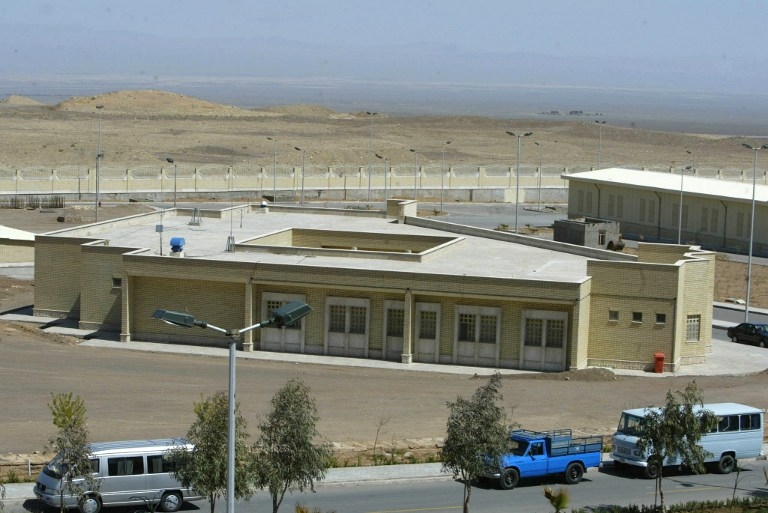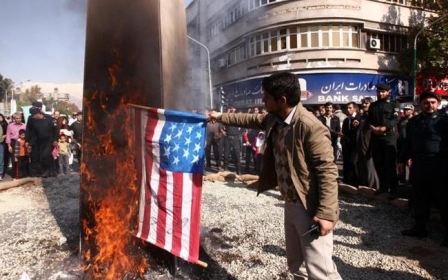Iran dismantling nuclear facilities: UN watchdog

Iran has begun dismantling parts of its nuclear programme, as agreed under July's landmark deal with major powers, an International Atomic Energy Agency (IAEA) report showed on Wednesday.
Iran has started to remove key infrastructure, including centrifuges, at Natanz and Fordo, the country's two main enrichment facilities, said a restricted IAEA quarterly report, seen by AFP.
Under the 14 July deal that ended a potentially dangerous decade-long standoff, Iran undertook to dramatically scale back its nuclear programme.
These steps, coupled with increased UN oversight, are aimed at making it much more difficult for Iran to develop nuclear weapons, an aim it has always denied.
They include slashing the number of centrifuges, machines which can "enrich" uranium to make it suitable for peaceful uses but also for a nuclear weapon, by two-thirds.
In addition, Iran pledged to change the design of a new reactor in the industrial city of Arak in order to sharply reduce the amount of plutonium - the alternative to uranium used to build a bomb - that is produced.
In return, the six major powers - the US, Russia, China, Britain, France and Germany - have agreed to lift sanctions imposed on the Islamic republic.
The accord was formally adopted by all parties on 18 October and "Implementation Day", when it enters into force, is expected in the coming weeks or months.
New MEE newsletter: Jerusalem Dispatch
Sign up to get the latest insights and analysis on Israel-Palestine, alongside Turkey Unpacked and other MEE newsletters
Middle East Eye delivers independent and unrivalled coverage and analysis of the Middle East, North Africa and beyond. To learn more about republishing this content and the associated fees, please fill out this form. More about MEE can be found here.




